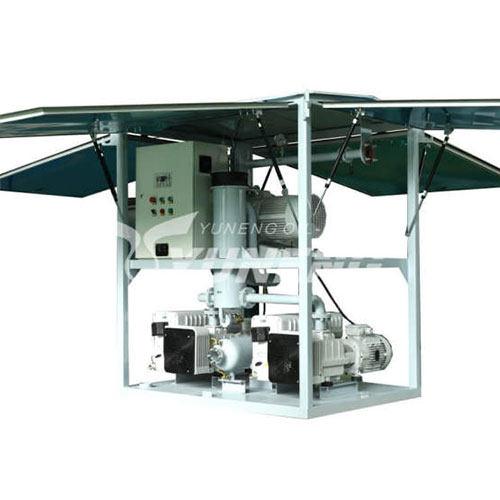Transformers play a crucial role in electrical infrastructure, facilitating the transmission and distribution of power across vast networks. Within these transformers, vacuum pump units are indispensable components, ensuring the efficient operation and longevity of these critical assets. However, the manufacturing, installation, and operation of transformer vacuum pump units are subject to a myriad of regulations and standards aimed at ensuring safety, reliability, and environmental sustainability. In this blog, we delve into the regulatory landscape governing transformer vacuum pump units, shedding light on the standards that shape their design, performance, and usage.
The Importance of Regulations and Standards
Regulations and standards serve as guiding frameworks that govern the development, production, and deployment of transformer vacuum pump units. These regulations are designed to address various aspects, including:
Safety: Ensuring that transformer vacuum pump units meet stringent safety requirements to protect personnel and assets from potential hazards.
Performance: Setting benchmarks for the efficiency, reliability, and operational characteristics of vacuum pump units to ensure optimal performance.
Environmental Impact: Minimizing the environmental footprint of transformer vacuum pump units by regulating emissions, energy consumption, and disposal practices.
Key Regulatory Bodies and Standards
Several regulatory bodies and standards organizations around the world play a pivotal role in shaping the landscape of transformer vacuum pump units. Some of the prominent entities include:
International Electrotechnical Commission (IEC): The IEC develops international standards for electrical and electronic technologies, including transformer vacuum pump units. Standards such as IEC 60034 (Rotating electrical machines), IEC 60296 (Fluids for electrotechnical applications), and IEC 60376 (Specification of technical grade sulfur hexafluoride) provide guidelines for design, performance, and safety.
American National Standards Institute (ANSI): ANSI oversees the development of standards for various industries, including electrical equipment. ANSI/IEEE standards, such as ANSI/IEEE C57.12.90 (Guide for Liquid-Immersed Transformer Through-Fault-Current Duration) and ANSI/IEEE C57.104 (Guide for the Interpretation of Gases Generated in Oil-Immersed Transformers), are widely adopted in the United States and beyond.
European Committee for Electrotechnical Standardization (CENELEC): CENELEC develops European standards for electrical and electronic products, including transformer vacuum pump units. Standards such as EN 60076 (Power transformers) and EN 60439 (Low-voltage switchgear and controlgear assemblies) establish requirements for safety and performance within the European Union.
Compliance and Certification
Manufacturers of transformer vacuum pump units must ensure compliance with relevant regulations and standards to market their products globally. Compliance involves rigorous testing, documentation, and quality assurance processes to demonstrate adherence to regulatory requirements. Additionally, obtaining certifications from accredited bodies, such as the International Organization for Standardization (ISO) or Underwriters Laboratories (UL), enhances the credibility and marketability of vacuum pump units.
Evolving Regulatory Landscape
The regulatory landscape for transformer vacuum pump units continues to evolve in response to technological advancements, environmental concerns, and industry developments. As new materials, manufacturing processes, and performance standards emerge, regulators and standards organizations adapt to address emerging challenges and opportunities.
Conclusion: Navigating the Regulatory Terrain
In the realm of transformer vacuum pump units, compliance with regulations and adherence to standards are non-negotiable imperatives. By embracing regulatory frameworks, manufacturers ensure the safety, reliability, and sustainability of their products, bolstering confidence among stakeholders and end-users. As the regulatory landscape evolves, staying abreast of changes and proactively addressing compliance requirements is paramount for success in the dynamic world of transformer technology.

